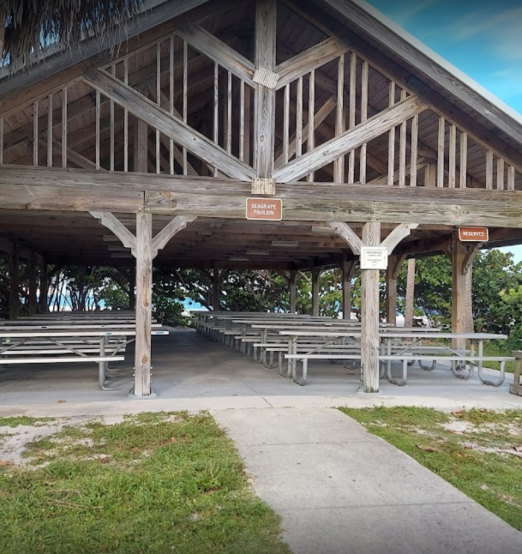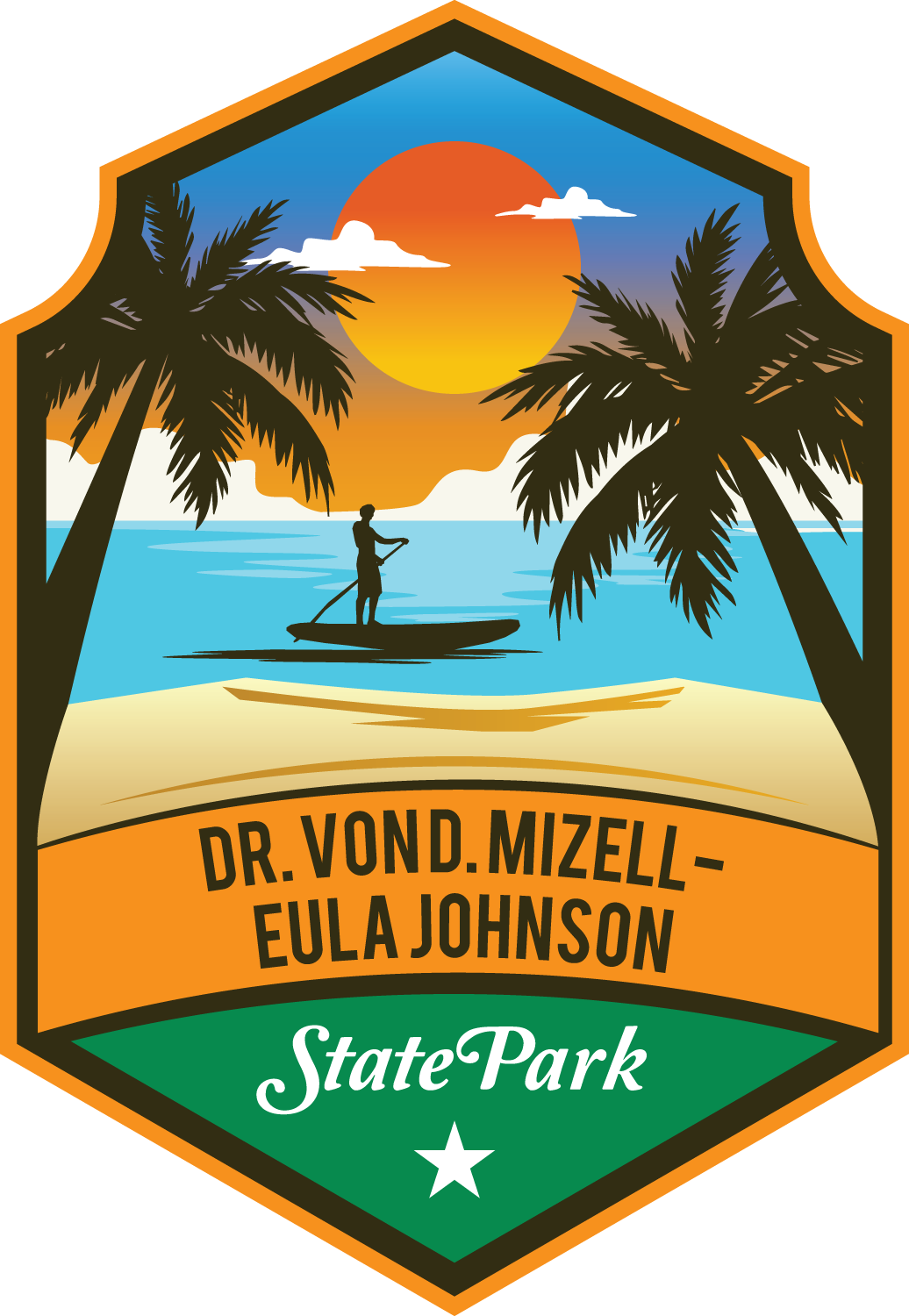John U. Lioyd’s Role in Black History
Segregation was the law of the land through the early 1940’s, as African Americans from all over Broward County and even Palm Beach County were only allowed to swim where the Galt Ocean Mile in North Ft.
Lauderdale now stands. Even though areas along the beach North of Sunrise Road in Ft. Lauderdale were considered ‘open territories’, it was fairly common that African Americans were told to move to another area away from the whites. There was no mixing.
Dr. Von D. Mizell remains the most significant African-American figure in the life of Ft. Lauderdale and Broward County
After developers bought the Galt Ocean Mile in the early 1950s, African Americans were told they could no longer swim there. The county made promises to supply a black beach. African American petitioned for the creation of a beach for Negro citizens in 1946, a time when blacks were denied access to the area’s public beaches. Over the next seven years, they kept the pressure on until authorities finally relented and directed Lloyd to find a new location for the colored beach, which he did.
The identified spot was a swampy, out-of-the-way site just south of Port Everglades. It was inaccessible by road and could only be reached by ferryboat. In 1954, the colored beach officially opened, but for the next seven years, African Americans pressured authorities to build a road to the beach.
“I had to prove to them that the water wasn’t going to turn black.”
- Dr. Mizell
Dr. Von D. Mizell remains the most significant African-American figure in the life of Ft. Lauderdale and Broward County. As a pioneer, he fearlessly confronted racism he encountered, making momentous strides for African Americans in medicine, education, politics, law enforcement, housing and parks and recreation.
Dr. Von D. Mizell remains the most significant African-American figure in the life of Ft. Lauderdale and Broward County. As a pioneer, he fearlessly confronted racism he encountered, making momentous strides for African Americans in medicine, education, politics, law enforcement, housing and parks and recreation.

